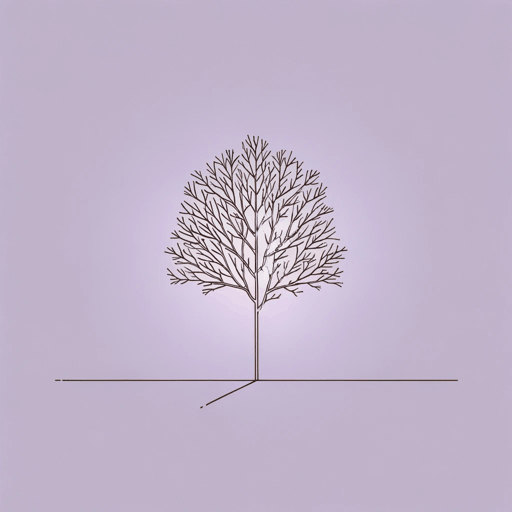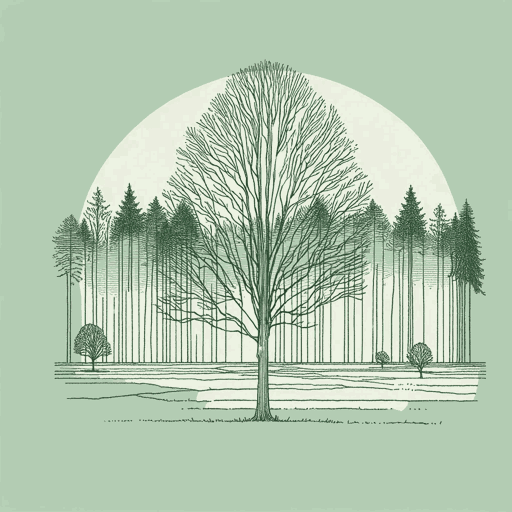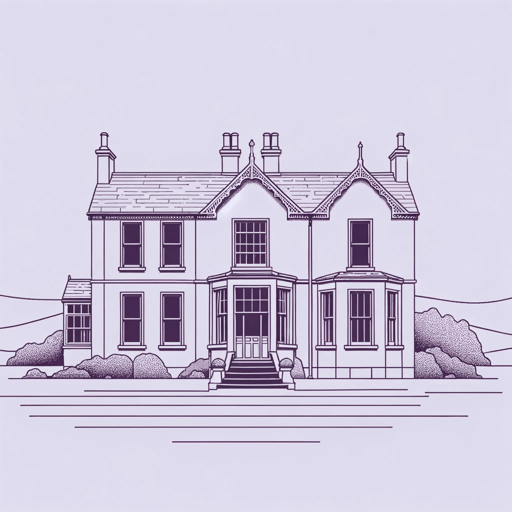50 pages • 1 hour read
Tana FrenchThe Witch Elm
Fiction | Novel | Adult | Published in 2018A modern alternative to SparkNotes and CliffsNotes, SuperSummary offers high-quality Study Guides with detailed chapter summaries and analysis of major themes, characters, and more.
Symbols & Motifs
Ivy House
Ivy House represents the lasting impact of trauma. In The Witch Elm’s exposition, Toby thinks fondly of Ivy House as a symbol of childhood innocence. By the novel’s conclusion, he feels so far removed from this innocence that he struggles to believe the house was ever real: “all my memories with a golden haze that has something frighteningly numinous about it; could that place really have existed, in this drab grinding vapid world” (508). Similar to how Toby can never erase the physical and mental effects of being assaulted, Ivy House never looks the same after Dominic’s skeleton is discovered, the garden is excavated, and the house is investigated by police. As the investigation continues, Toby uncovers the self-absorbed, unempathetic parts of himself.
Before the investigation, Ivy House represents the unity of the Hennessy family. The Hennessy family gathered at the house for their weekly Sunday lunch, enjoying each other’s company and conversation. Despite their differences, Toby, Susanna, and Leon unite in the garden at Ivy House, bonding over shared memories and cigarettes. After Hugo confesses to Dominic’s murder and dies, the family discontinues their tradition of Sunday lunch. They are slow to contact each other and miscommunicate funeral arrangements for Hugo, and 







Related Titles
By Tana French
Featured Collections
Books on Justice & Injustice
View Collection
Family
View Collection
Fear
View Collection
Good & Evil
View Collection
Hate & Anger
View Collection
Horror, Thrillers, & Suspense
View Collection
Memory
View Collection
Mystery & Crime
View Collection
Nature Versus Nurture
View Collection
Psychological Fiction
View Collection
Safety & Danger
View Collection
The Best of "Best Book" Lists
View Collection
Trust & Doubt
View Collection
Truth & Lies
View Collection






